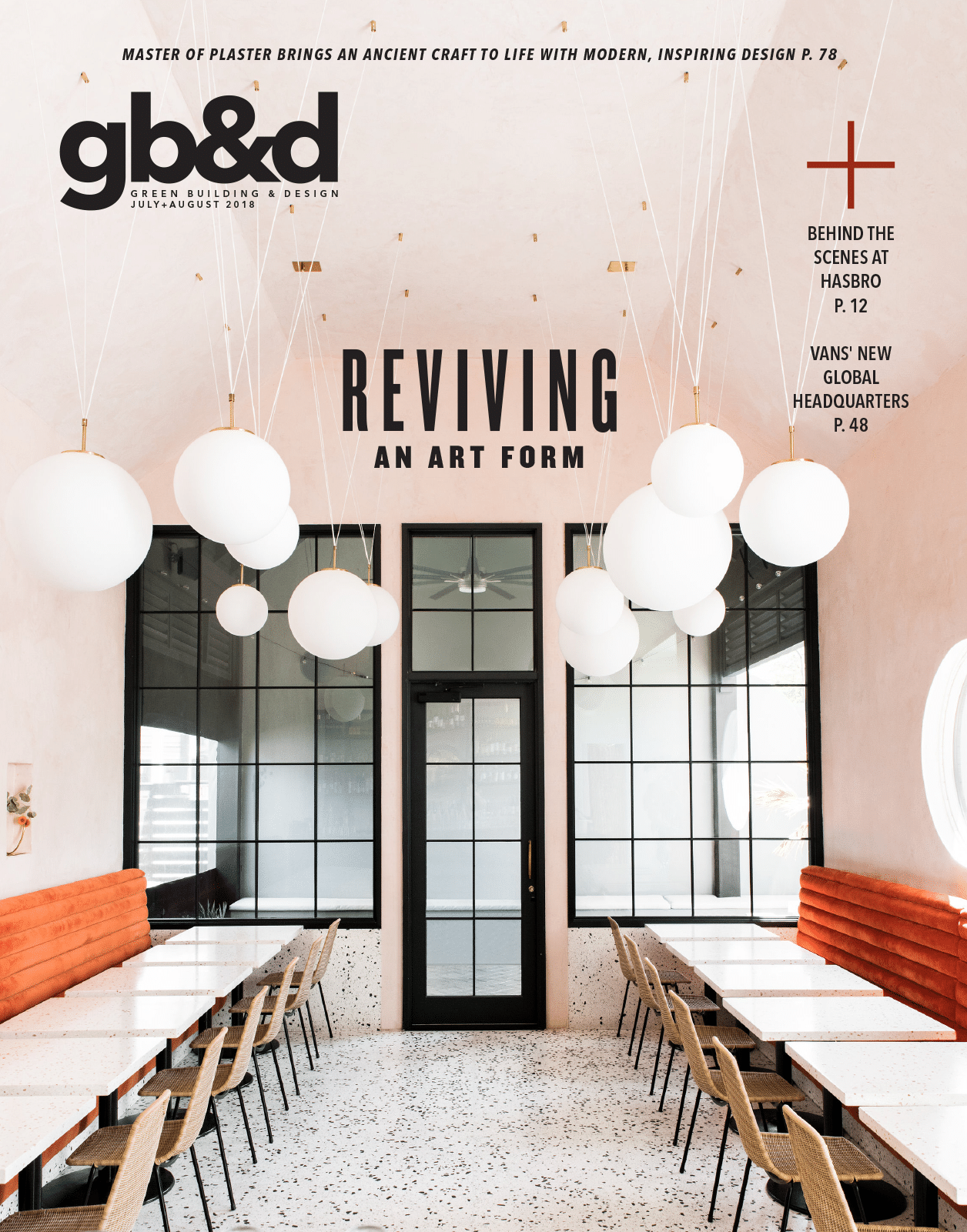Master of Plaster shares six things you never realized about designing with the ancient art form.
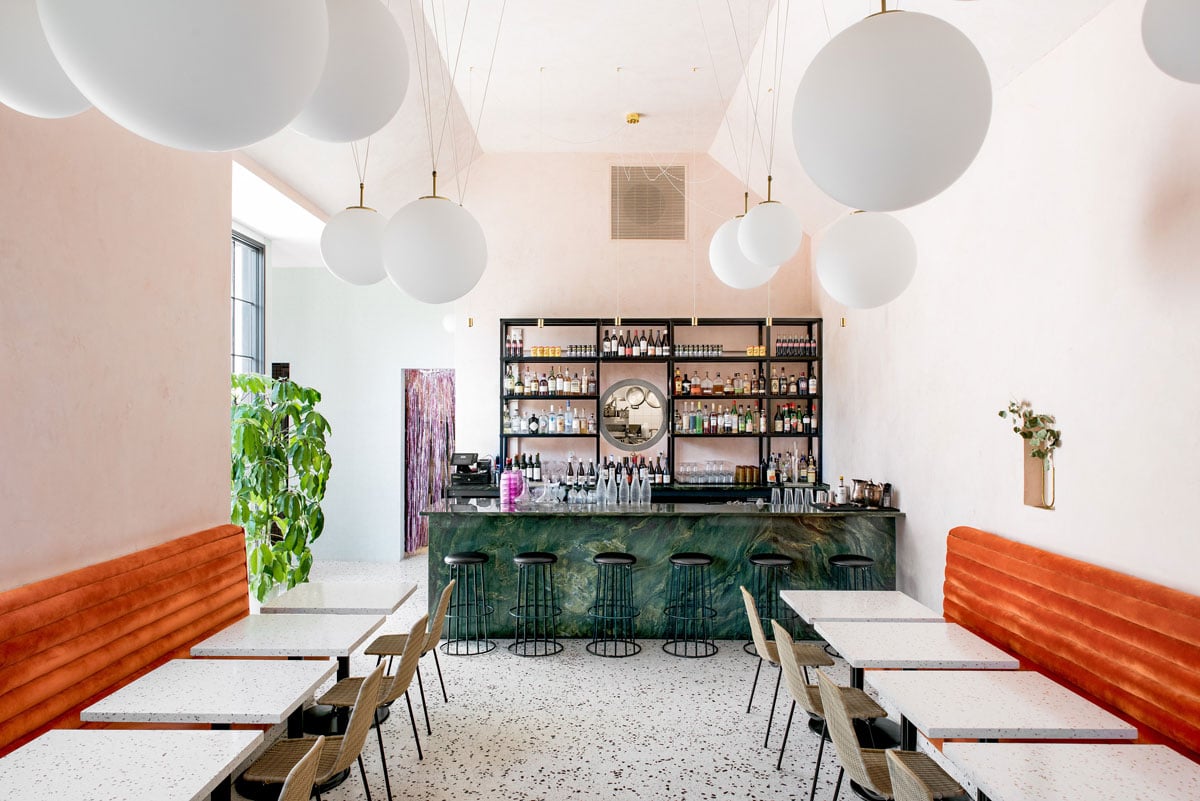
Pink plaster walls at Restaurant Tu in Charleston, South Carolina used a three-coat process of lime plaster. [Photo: Katie Charlotte Photography]
Lauren Dillon grew up around plaster, but it wasn’t until she was studying abroad in Dublin, working on a master’s in urban design following her landscape architecture degree, that she truly opened her eyes to the beauty of the material. “That was the first time I was exposed to the truly ornamental plaster interiors created by the Irish artisans of the 17th and 18th centuries,” she says. “This exposure is when I really started to invest in plaster as both art form and trade.”
Nine years ago, Dillon returned from Ireland to join her father, Kirk Dillon, in an artisan tradition that stretches across centuries but is constantly being reinterpreted. Kirk started out working for a specialty contractor but was also enamored by plaster’s historic charms. About a decade ago, he bought Master of Plaster from ninth-generation plasterer Michael Kempster—purchasing not just the institutional knowledge, lime plaster formulations, and legacy of work on Windsor Castle and Oxford College, but also artifacts like the original molds from Mark Twain’s house. Master of Plaster is now headquartered in Columbia, South Carolina but sells and ships their handcrafted plasters throughout the U.S. and into Canada.
FROM OUR JULY+AUGUST 2018 ISSUE

Master of Plaster restored the Greyfield Inn in Cumberland Island, Georgia. [Photo: Courtesy of Master of Plaster]
This family business—Kirk’s other daughter, Kirstie, also works for the company—is now at the forefront of the plaster revival movement. As plaster becomes a more well-known material within the design realm, Kirk hopes more individuals will begin to include lime plasters in their repertoire of building materials. “People are starting to understand the benefits to plaster that you just can’t get from other materials, and it’s coming to the forefront of design,” he says. “When people understand how healthy and sustainable it is, we’ll get away from building things as quickly as possible and start building for beauty and longevity.”
Some of the world’s most spectacular buildings were built and restored using plaster.
Plaster’s reputation was built through its use, over centuries, in some of the world’s most iconic buildings. Master of Plaster has been involved in several restoration projects involving these key historic structures, including Grand Central Station and the Hirshhorn Museum, the SOM design that serves as the Smithsonian Institute’s Museum of Modern Art on the National Mall.
For these projects and others, Master of Plaster was able to honor the historic integrity of the buildings while updating the aesthetic.
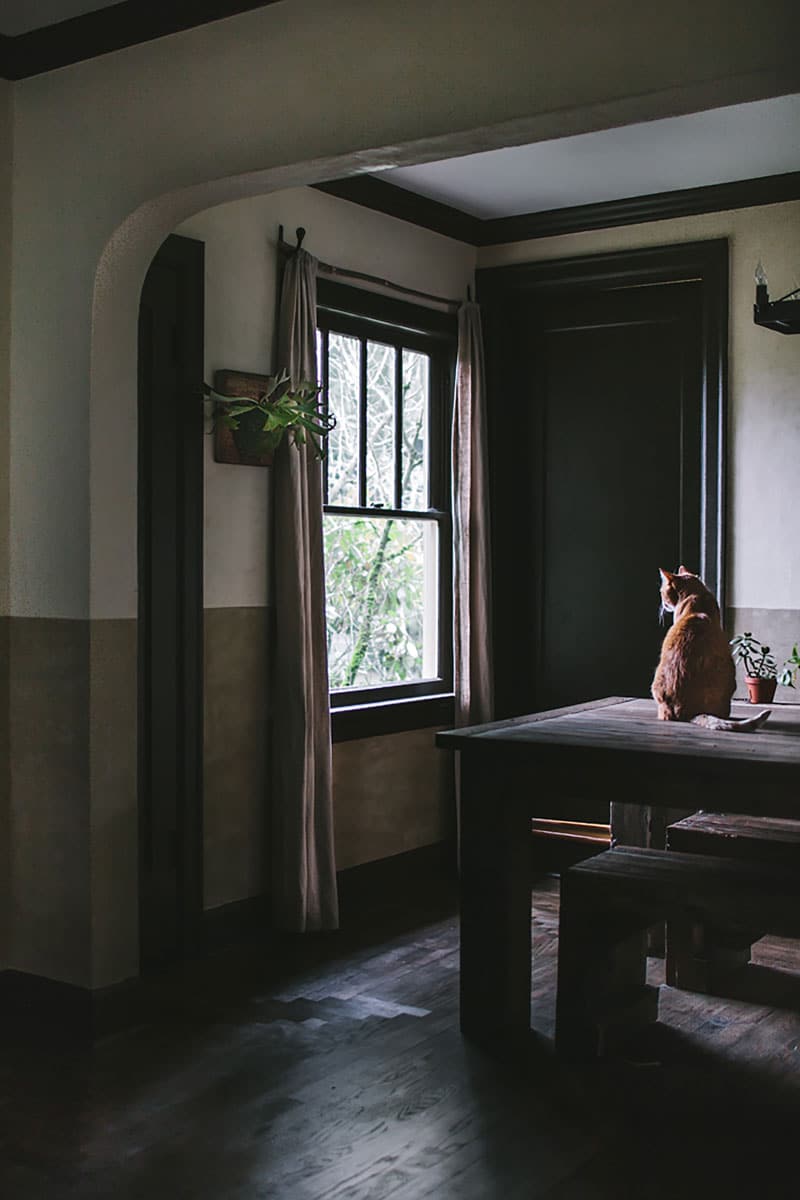
[Photo: Courtesy of Master of Plaster]
It’s a highly skilled trade.
“People understand paints and wallpapers, but there isn’t a broader knowledge base about this material,” Lauren says. “It does take a craftsman to install, and it can be daunting to understand the nuances as an architectural finish.” Those nuances include skilled usage of a plasterer’s two main tools: the hawk and trowel. “The trade hasn’t changed very much from the beginning, which I find to be really beautiful,” she says. Lime plasters are all about layering, so skilled application techniques are particularly crucial. “You can actually see the artisan strokes in the final finish.”
It’s wildly versatile.
Those handmade artisan strokes can be used to create a wide variety of textures and hues, leading to endless indoor and outdoor versatility through a range of Master of Plaster’s different product lines. The Restoration, the Venetian, the Caenstone, the Veneer, and the Limewash all have unique compositions and formulations. Natural materials like marble dust and colored sands can also be added. For one recent project, a hotel in New York, Master of Plaster added a local black river sand to create a unique contour effect. “You can start manipulating the material and create some very beautiful finishes,” Lauren says. And those finishes can range dramatically. “You can get everything from a matte finish to a high polish where it’s as smooth as glass,” Kirk adds.

Master of Plaster projects include everything from this living room remodel to restoring the U.S. Customs House. [Photo: Zio & Sons Creative Studio; Courtesy of Master of Plaster]
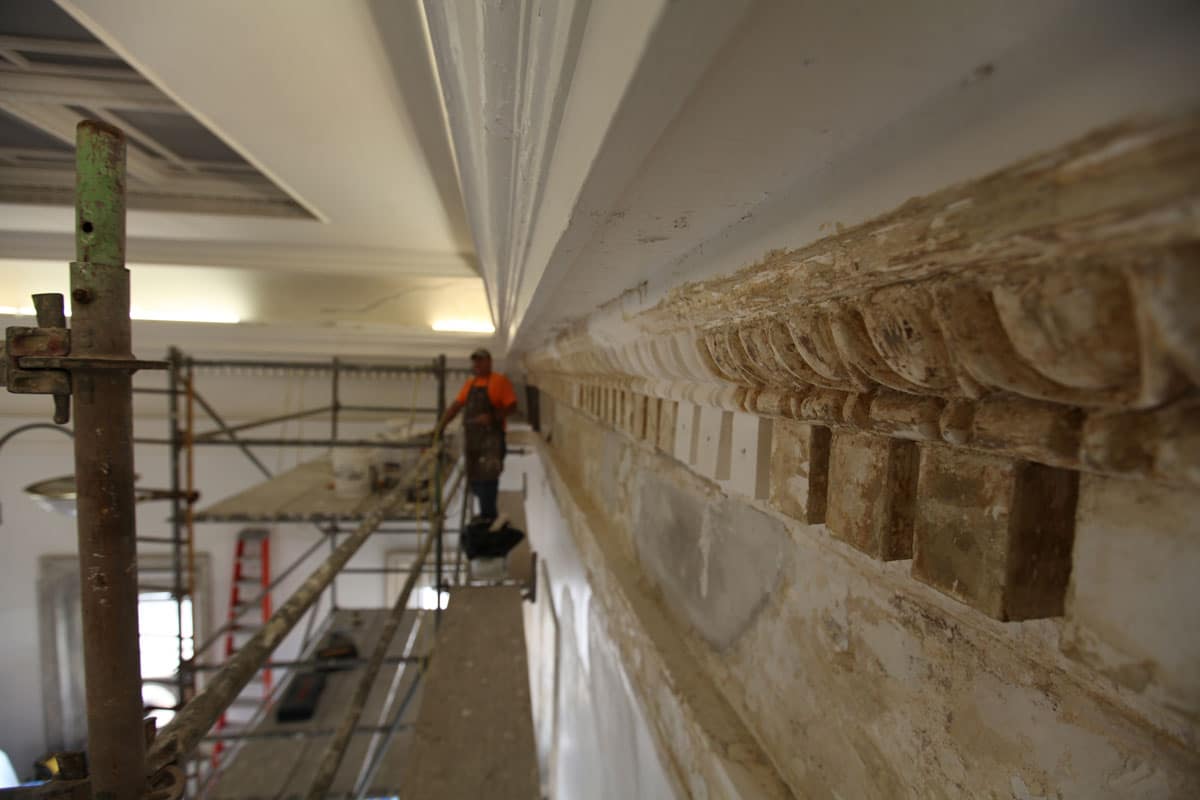
[Photo: Zio & Sons Creative Studio; Courtesy of Master of Plaster]
It’s a living thing.
Unlike clay or paint, hydrated lime plaster doesn’t simply dry out. Instead, it reabsorbs carbon dioxide and, the longer the lime slakes (or ages), the more carbon dioxide can be reabsorbed. As a result, plaster can retain and release moisture, regulating humidity and temperature—hence a traditional preference for plaster in balmy coastal regions. And because it cures instead of drying or going through a chemical set, as a material it is able to move and settle along with a structure, and is less prone to cracking. Hence, it has greater longevity.
It’s a natural, healthy, and sustainable material.
Plaster is a wholly natural earthen material that releases zero VOCs. Lime cures out to a PH of between 10 and 12, notes Lauren, which prevents mold and bacteria from growing—making plaster increasingly desirable for restaurant, kitchen, and bathroom projects. Also, unlike drywall, traditional lime plaster does not require sanding. “It’s an incredibly clean material to work with,” Kirk says.
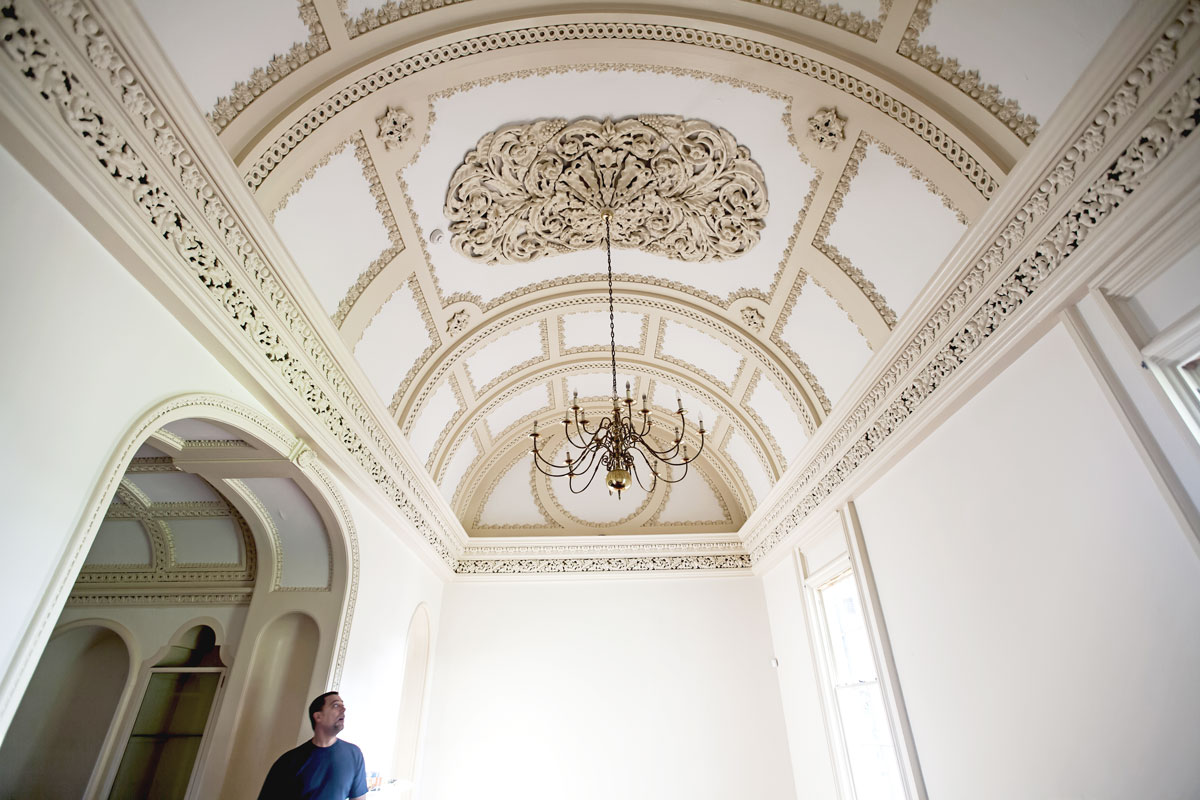
Kensington Mansion in Eastover, South Carolina features restored white plaster. [Photo: Courtesy of Master of Plaster]
It’s a uniquely beautiful complement to contemporary design.
Many artisans and designers come to love plaster through a historical lens, but plaster is increasingly relevant to modern design projects. High-design restaurants, art galleries, hotels, and homes are increasingly gravitating toward plaster and its place in the sustainable design realm. At one art gallery in New York City, Master of Plaster’s Venetian plaster line was used to prepare the walls for an array of works by Andy Warhol; another project, a high-design home in Portland, Oregon, utilized plaster as part of a commitment to American-made, all-natural materials. “The aesthetics of plaster are just so pleasing, and the history is just so fascinating,” Kirk says. “From a design perspective, it gives you so much more to work with.”

